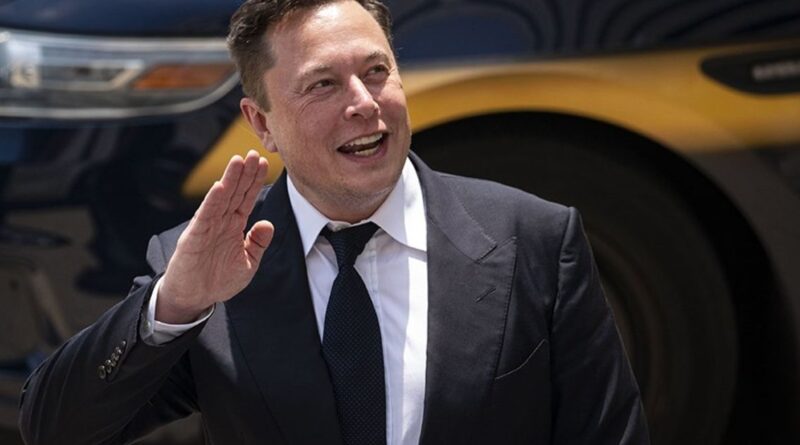Elon Musk is taking Twitter private in $44 billion deal
NEW YORK — Elon Musk clinched a deal to buy Twitter for $44 billion cash on Monday in a transaction that will shift control of the social media platform populated by millions of users and global leaders to the world’s richest person.
It is a seminal moment for the 16-year-old company that emerged as one of the world’s most influential public squares and now faces a string of challenges.
Discussions over the deal, which last week appeared uncertain, accelerated over the weekend after the Tesla CEO wooed Twitter shareholders with financing details of his offer.
Under pressure, Twitter started negotiating with Musk to buy the company at the proposed $54.20 per share price. Read full story
“Free speech is the bedrock of a functioning democracy, and Twitter is the digital town square where matters vital to the future of humanity are debated,” Musk said in a statement.
Musk, one of Twitter’s most prolific users with more than 83 million followers, began amassing a stake of about 9 percent in January.
By March, he had ramped up his criticism of Twitter, alleging that the company’s algorithms are biased and feeds cluttered with automated junk posts. He also suggested Twitter’s user growth was inflated by bots.
For all the coverage of Musk’s Twitter takeover, click here.
After rejecting an invitation to join the company’s board, on April 14 he offered to take Twitter private, saying he would make the platform a bastion of free speech and dropping other hints about the changes he’d make as owner.
The ideas verged from the practical — say, letting users edit tweets and combating the spread of bots — to the peculiar, such as a proposal to turn the company’s San Francisco headquarters into a homeless shelter.
The deal was unanimously approved by the company’s board, and is expected to be completed later this year. Musk secured $25.5 billion of debt and margin loan financing and will provide about $21 billion in equity to fund the deal, according to the statement.
Going private marks a dramatic turnabout for a company that got its start as a messaging service for sharing your status updates with friends, but quickly blossomed into a way for people to broadcast short posts of 140 characters or less to a public following. Twitter caught fire among politicians, celebrities and journalists and took its place alongside social media stalwarts Facebook and YouTube as a standard bearer of a new, more interactive way of using the web that came to be known as Web 2.0.
Following its birth in 2006, the company weathered a series of crises, including management upheaval that saw the removal of co-founder Jack Dorsey in Twitter’s early days and his eventual return in 2015. After an initial public offering in 2013, the company considered selling itself in 2016, drawing the interest of companies from Walt Disney Co. to Salesforce.
Dorsey in 2020 tangled with an activist investor that forced Twitter to set specific growth targets and add greater board accountability. That served as a catalyst for Dorsey’s eventual second departure so he could focus on his other company, the digital-payments company Block Inc.
As recently as last week there was little clarity on whether Musk’s bid would succeed.
The 50-year-old billionaire himself mused at a TED event the day it was announced that even he had doubts about its prospects. Though the stock initially jumped on news of Musk’s stake in the company, shares have traded well below the original offer price of $54.20 since its announcement — a sign investors were skeptical a deal would come to fruition.
Twitter on April 15 adopted a shareholder rights plan — a measure known as a poison pill — to fend off unwanted bidders. The plan is exercisable if a party acquires 15% of the stock without prior approval, and sought to ensure that anyone taking control of the social media company through open market accumulation pays all shareholders an appropriate control premium, the company said when it disclosed the plan.
But a turning point came last week when Musk pulled together a financing plan that included 12 banks, led by Morgan Stanley. Just days after revealing the plan, Musk met with Twitter executives as the company turned more receptive toward a deal, a person with knowledge of the matter told Bloomberg News on Sunday.
Reuters and Bloomberg contributed to this report.
Source : Autonews.com




